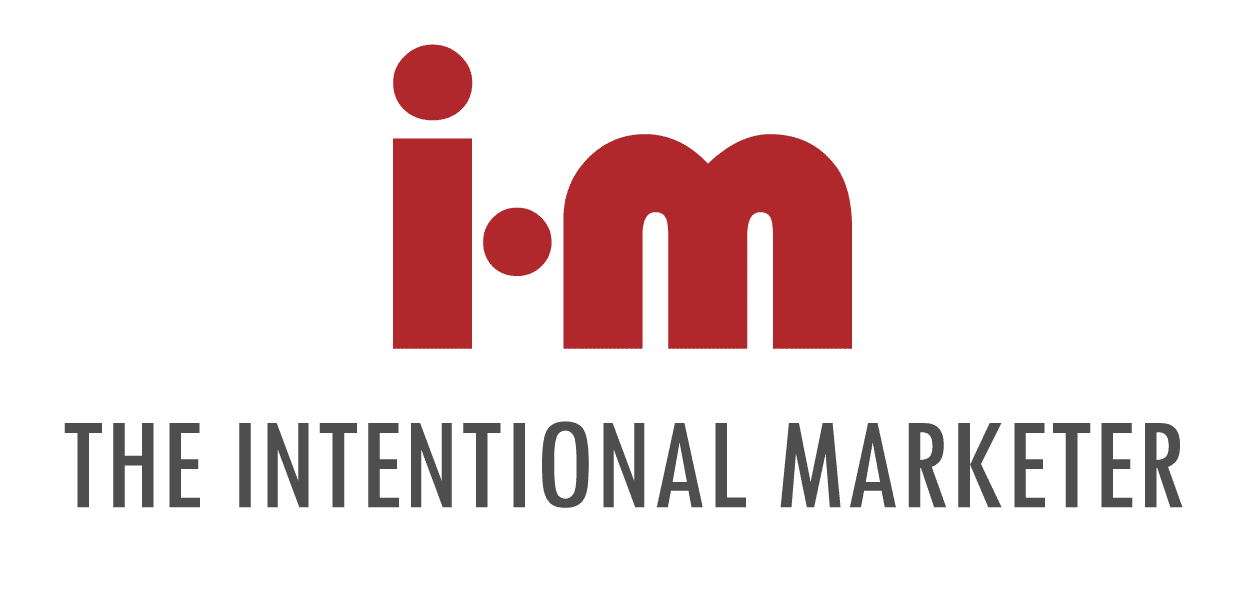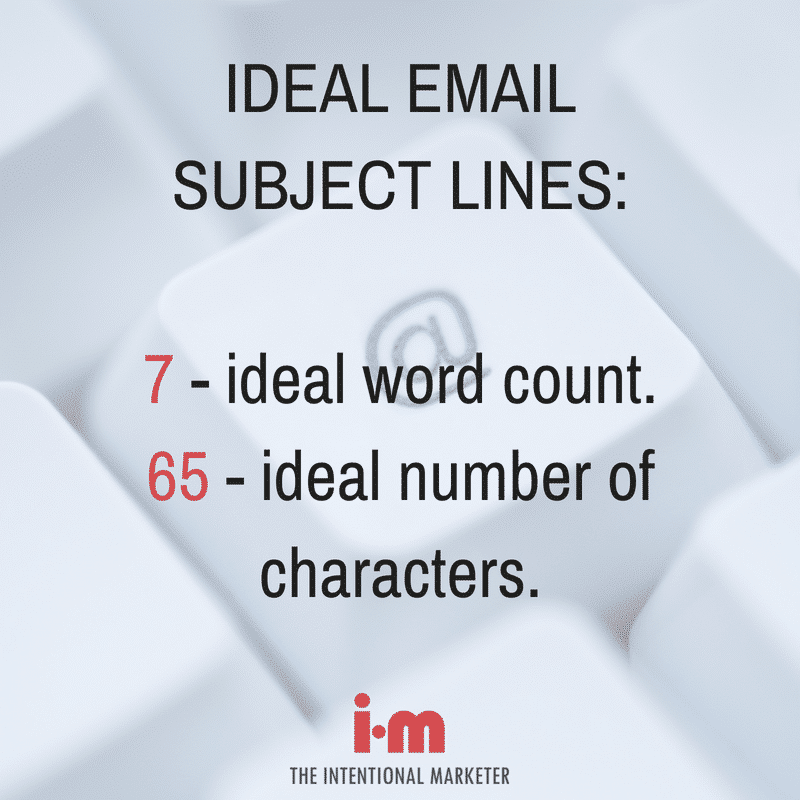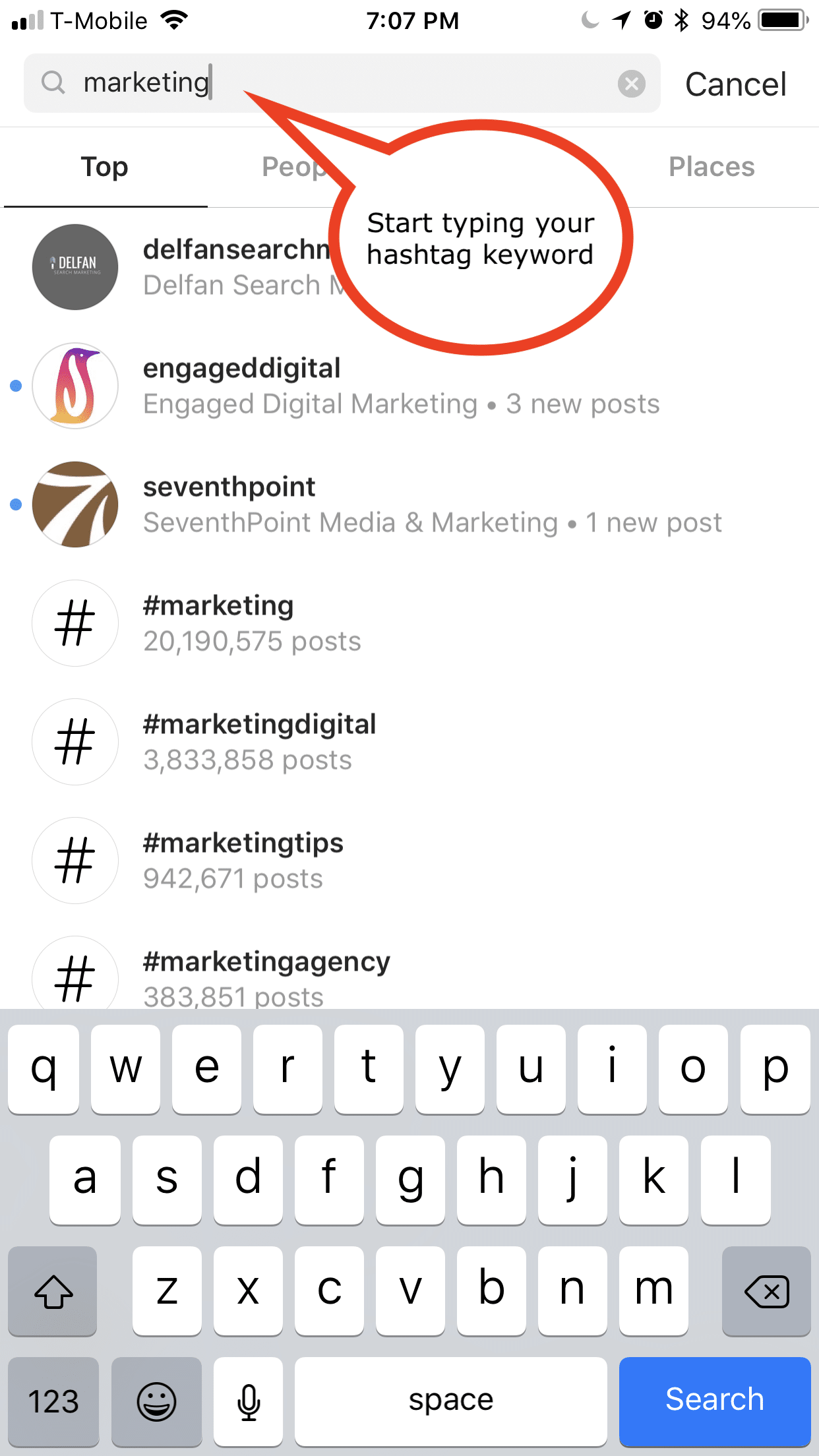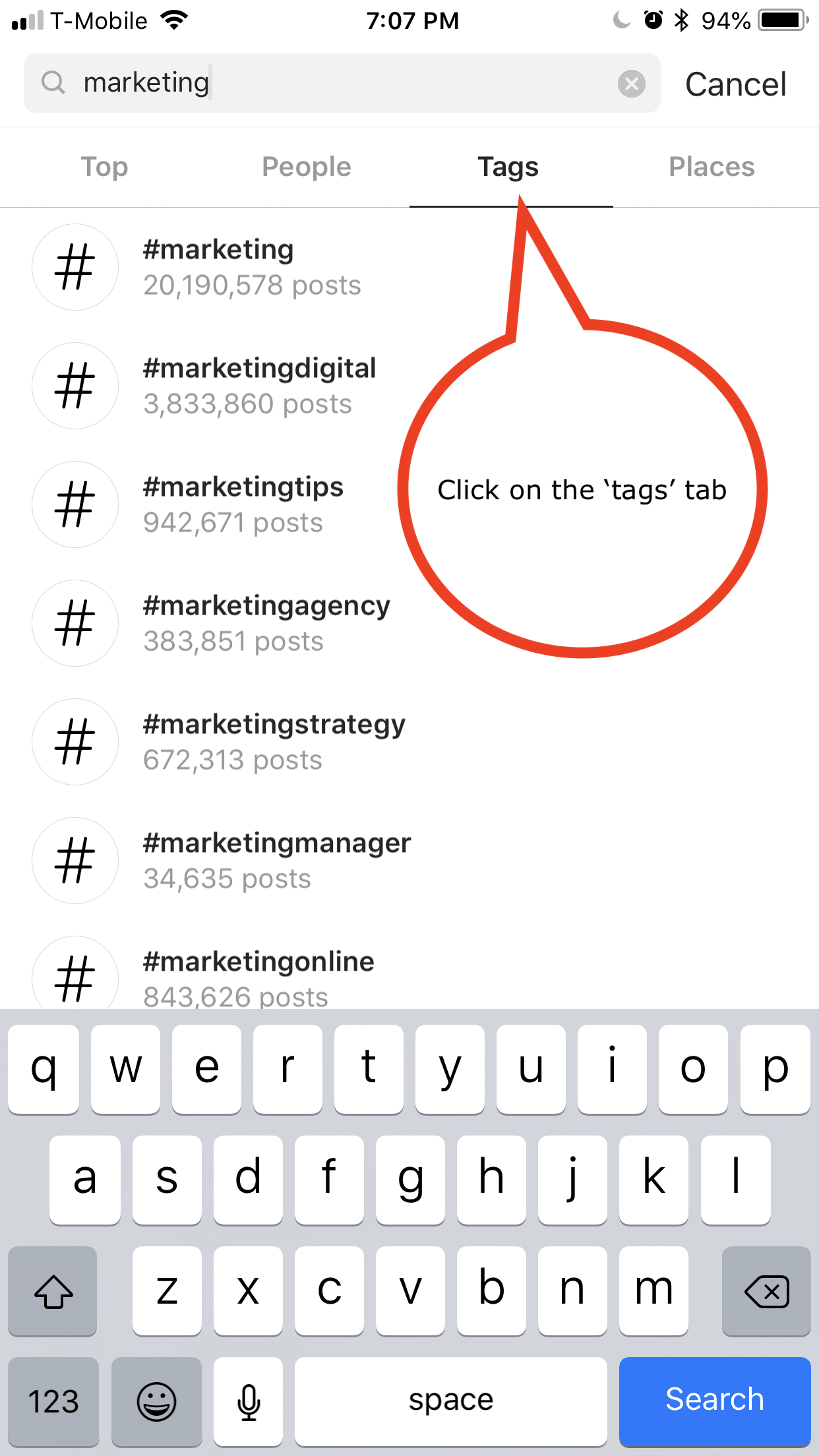You’ve probably seen them – the glamorous photos of Instagram celebrities holding a product as the sun sets on a beach in Thailand. Or maybe you’ve seen the celebrities *unboxing their favorite monthly box subscription. They have a name: “Influencer Marketers”. And what they do is called “Influencer Marketing”.
*Unboxing – when you open and reveal contents of a subscription (or product) box in a very slow and dramatic way… with a heap of suspense and over the top ‘oohing’ and ‘ahhing’.)
Who are these “Influencers”?. They are bloggers, or fashionistas, or online personalities who have built a loyal following on platforms like Instagram, LinkedIn or Facebook. They are trusted by their followers and have an influence on their audiences purchase decisions because of their credibility and knowledge of a particular industry or topic.
Unless you have a massive marketing budget, you’ve probably just ignored ‘influencer marketing’ as a tactic in your marketing strategy. Those celebrity influencers must cost a fortune, right?
Yes, some do! But there is another way!
Micro-Influencers
Ok – what is an influencer?
An influencer can be a blogger, a YouTube video star or someone who posts regularly on social media.
A micro-influencer is an influencer with a smaller reach than big celebrities and influencers.
So how big (or small) is a micro-influencers audience size? There isn’t full agreement on this amongst experts, but I define it as anywhere from 1000-250000 followers.
5 truths about Micro-Influencers:
They’re more engaged!
The lower the number of followers, the more engaged the ‘influencer’ is likely to be!
Think about it – do the Kardashians respond to all their followers and engage with every one of them? They don’t have time for that. But a micro-influencer will.
A 2016 study by digital marketing firm Markerley found that the more followers an influencer had, the less engagement there is on their posts.
Hyper-focused on your niche
It can be much easier to find a micro-influencer who has intimate knowledge of your niche and is likely to have followers who are interested in that same niche.
The bigger the influencer, or celebrity, the harder it is to know what it is that they specialize in or have an interest in. And sometimes they have too many interests and your area of focus (or niche) is just one of many.
People buy from influencers
A 2016 survey by Collective Bias (an influencer marketing research company) found that 60% of respondents had considered recommendations by a blogger or social media post before making a purchase.
They don’t need to be celebrities.
In fact, it is better if they’re not! Collective Bias also found 30% of consumers were more likely to buy a product endorsed online by a non-celebrity than a celebrity. Among Millennials, 70% preferred a non-celebrity endorsement.
It is affordable!
Influence.co, a platform that connects influencers with brands, looked at what influencers were charging for a sponsored post and found that those with less than 2,000 followers charged on average $124 compared to $690 by those with between 250,000 and 500,000 followers. By the way, the cost for celebrities is way higher than this…
So how do you find Micro Influencers?
There are a number of ways Small Business can find micro-influencers. There are agencies, like Collectively, who are focused on connecting brands and influencers. But if your budget is small, then you can do the connecting yourself. All it takes is a little time spent on social media (yes, it is ok – it is ‘work’).
1) Look for people who are appealing to your customer base. Use the search bar and search for ‘hashtags’ related to your product or business. And then start clicking around.
2) Make sure they’re engaging with their audience. Responding to questions, and comments. And interacting. You want to make sure they’re ‘active’ in their account
3) Check through their posts. Do you like what you see? Are there any red-flags? Look for content that will appeal to your customers.
4) Check out these nine tools you can use to research micro-influencers.
How to work with influencers.
Now that you’ve found potential Micro-Influencers, it is time to connect with them and pitch your proposal.
First, make sure you know what your goal is. Is it leads? Sales? Traffic to your website? Or brand awareness? Will you want them to blog about your product? Then promote it on their social accounts? Or just take a video using your product and promote that.
Then ask these questions in your communication:
- Who are your followers? Age, location, gender and any other preference data that can help you determine if it is a good fit. Use your own customer profile to match against to make sure that your influencer’s audience matches yours. (If you need help creating your customer profile, let me know!)
- Have you worked with any of our competitors? Or brands/products in my vertical or industry?
- Have you heard of my brand before?
- Which social media platforms do you focus on? And what would be the best fit for my brand/product?
- What are your engagement rates on each of these platforms? Engagement rates are a lot more important than the number of followers or likes. Engagement rates show how many of these followers are actually engaging with the content by commenting, sharing, liking, clicking links etc.
Payment.
You will need to establish how you will ‘pay’ for access to the influencers’ audience. And there are a couple of options you have to do this:
- Give the influencer a product or discounts as payment.
- Percentage of every sale that comes through the influencer’s network.
- Fee for each component of the plan. E.g. blog post, post to Instagram etc.
Long-term plans are becoming more of the norm. The standard rule of needing to get in front of someone 5-6 times applies here, and so having a long-term plan where the influencer is promoting your brand over the course of a few months will be more effective than a one-off mention on their account.
What’s next? Get started!
Oh, one more thing, make sure that you hold your influencers accountable for disclosing the fact they’re being paid to feature, test and review your product or service. Influencer marketing is all based on trust… so be transparent and require your influencers to be as well!
Happy influencing!





